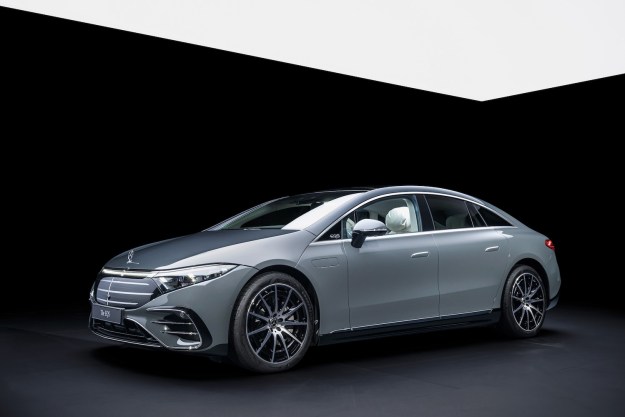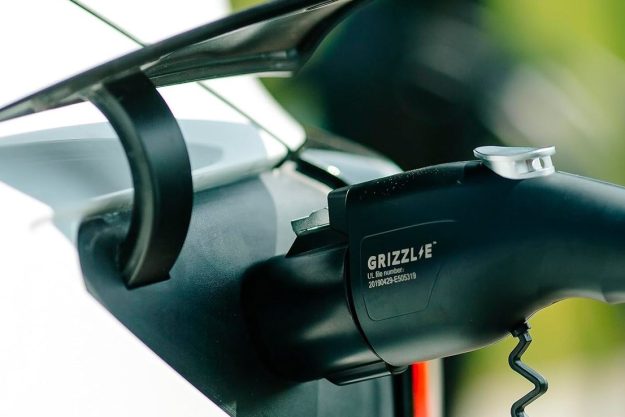 If given the option now, I imagine a lot of those eager to drive teens would probably prefer it if their parents didn’t buy a new Ford.
If given the option now, I imagine a lot of those eager to drive teens would probably prefer it if their parents didn’t buy a new Ford.
With a focus on keeping teens safe behind the wheel, Ford has announced that its Ford MyKey technology, which enables parents to place limits on some in-car features, is now standard on six million Ford vehicles.
The MyKey system includes a number of different features such as Persistent Ford Belt-Minder that mutes the radio to remind teens to buckle up, according to an official Ford press release. A message on the instrument panel is also displayed: “Buckle Up to Unmute Radio”
MyKey also enables parents to limit the volume of an audio system to 44 percent of the radio’s maximum output. In addition, there’s a feature that activates a chime at 45, 55 and 65 mph to remind teens to slow down. The system allows parents to limit the top speed of Ford vehicle to 80 mph as well.

The MyKey system, which can be activated by inserting a special coded key into the ignition with a transponder chip, also gives teens an extra warning at 75 miles to remind a teen driver to fill up in addition to the typical warnings displayed when the fuel level reaches 25 and 50 miles to empty.
Andy Sarkisian, Ford safety planning and strategy manager, said, however, the technology is more about keeping teens safe than under control.
“MyKey is about love. said Sarkisian, who has two teen daughters. It’s about helping your children manage the transition from childhood to adulthood, and keeping them safer while they do it.”
According to Ford’s analysis of National Highway Traffic Safety Administration data, teen driver fatalities increase every month beginning in May before declining in September.


